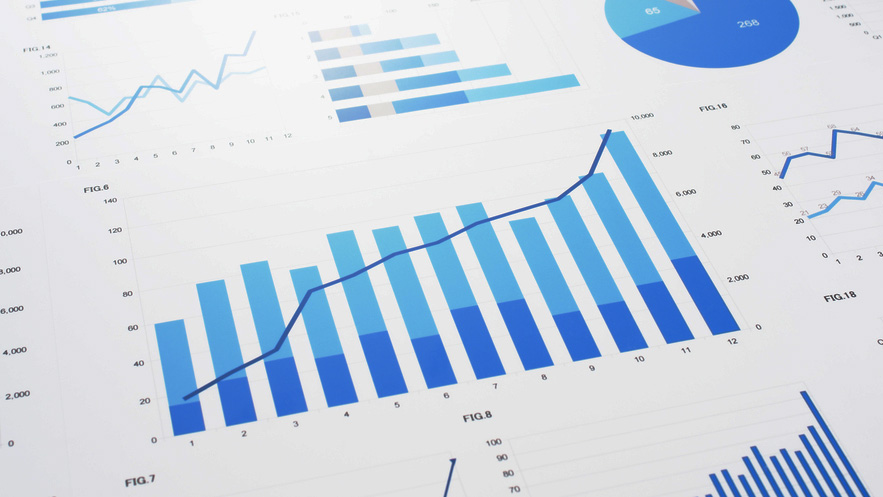March auto default rate shows more stability

By subscribing, you agree to receive communications from Auto Remarketing and our partners in accordance with our Privacy Policy. We may share your information with select partners and sponsors who may contact you about their products and services. You may unsubscribe at any time.
NEW YORK –
Maybe now that both the first quarter and Tax Day are both in the rear-view mirror, perhaps the handwringing over the delinquency rate spotted at the end of 2018 can be completely squashed based on the newest default data shared on Tuesday by S&P Dow Jones Indices and Experian.
The auto finance reading of the March S&P/Experian Consumer Credit Default Indices dropped both on a sequential and year-over-year basis. Analysts pinpointed the March rate at 0.94%, which is 5 basis points lower than the previous month and 11 basis points below the year-ago level.
David Blitzer is managing director and chairman of the index committee at S&P Dow Jones Indices. Blitzer also pointed out that auto-finance defaults have been flat or decreasing since December, resulting in composite levels which have been little changed in first three months of 2019.
“Earlier concerns about auto loan defaults are behind us as seen in stable to lower default rates,” he said in a news released that accompanied the latest data.
Meanwhile, analysts determined the March composite rate — which represents a comprehensive measure of changes in consumer credit defaults — stayed unchanged from the previous month at 0.92%.
S&P and Experian went on to note the first mortgage default rate also remained unchanged in March, holding at 0.70% while the bank card default rate rose 20 basis points to 3.68%.
Subscribe to Auto Remarketing to stay informed and stay ahead.
By subscribing, you agree to receive communications from Auto Remarketing and our partners in accordance with our Privacy Policy. We may share your information with select partners and sponsors who may contact you about their products and services. You may unsubscribe at any time.
Looking by geography, analysts found that four of the largest major markets showed higher default rates in March compared to previous month.
Los Angeles produced the largest increase, rising 19 basis points to 0.70%. The default rate for Dallas climbed 4 basis points to 0.94%, while the rate for Chicago increased 3 basis points to 0.95%.
New York’s default rate edged 1 basis point higher to 1.06%.
Miami was the only city exhibiting a decrease, dropping 49 basis points to 1.58%.
Blitzer acknowledged March marked the fourth consecutive month where bank card default rates increased, though the rate still remains lower than it was one year ago.
“The economy and consumer spending are experiencing moderate growth with few significant consumer credit risks,” Blitzer said. “Sales of existing and new homes slowed in 2018, and mortgage rates pulled back slightly. Mortgage defaults should continue at their currently low levels.
"Most analysts, as well as the Federal Reserve, expect economic growth to continue at about 2%, somewhat slower than 2018 with minimal chance of a recession this year,” he continued.
“The movements of bank card credit defaults since 2015 exhibit a weak seasonal pattern: Default rates tend to peak in the second quarter and then decline slightly with a trough in the second half of the year. There is also a modest uptrend in default rates since late 2015,” Blitzer went on to say.
“In the 2015 fourth quarter, bank card defaults were 2.72% rising to 3.33% in the 2017 fourth quarter. Last year’s fourth quarter dipped to 3.17% before the rise resumed with 3.53% in the first quarter this year. While this pattern is becoming clear, there is not enough data yet to confirm the seasonal pattern statistically,” he added.


